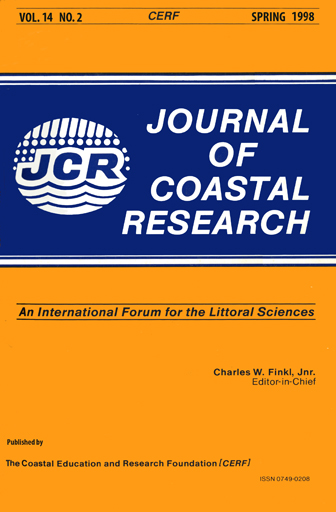Environmental Sensitivity Analysis of Potential Oil Spill for Ras-Mohammed Coastal Zone, Egypt
Keywords:
Remote sensing, GIS, Red Sea, coastal hazard, oil spill, environmental pollution, coral reefsAbstract
Ras-Mohammed National Park, on the southern tip of Sinai peninsula, is a valuable tourist resource that should be carefully conserved. It has been recently threatened by numerous anthropogenic activities including oil spills from tankers passing through the Gulf of Suez. The objective of this paper is to carry out an environmental sensitivity analysis of this coastal environment, and to derive an environmental sensitivity index map of the area. Integration of remote sensing and GIS techniques has proved a powerful tool for analyses of the environmental sensitivity for potential oil spills. In this work, SPOT-XS images were used to derive information about various resources of the area, especially the shallow submarine coral reef communities. Topographic and field survey data were combined to produce the required sensitivity map. Ten major natural classes, along the shoreline and foreshore resources and habitats, were identified and analyzed. Their environmental sensitivity to potential oil spill were rated from low to high. The lowest sensitivity was assigned to the sea cliff and the highest to shallow coral reefs. Using GIS functions and analyses, it was possible to produce land use/land cover; shoreline sensitivity; foreshore sensitivity and critical natural resources maps. This information was used to determine protection priority, to propose access and protection planing, and to derive an environmental sensitivity index map of Ras-Mohammed.


